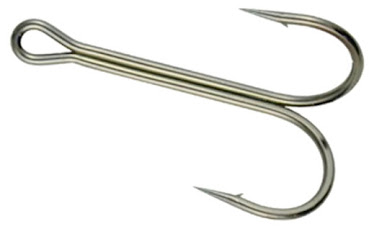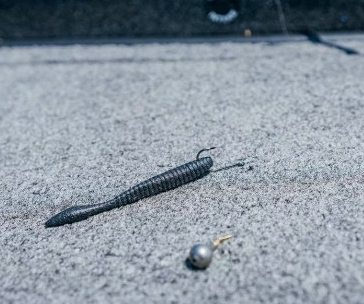As fall fades into winter, bass feeding patterns change drastically. The forage bounty of spring and summer dwindles, sending bass into a more lethargic, opportunistic feeding mode.
This transition can frustrate anglers counting on reaction bites, but offers opportunity for anglers willing to slow down and finesse cold water bass into biting. One of the most effective ways to tempt a tough transitional bass is with a finesse jig paired with a soft plastic trailer.
Downsize Your Jig
The keys to any finesse presentation are lightweight and slow. As bass metabolism slows in the cooling water temperatures of fall sliding towards winter, bulky moving baits become less appealing. Scale back your jig size to 3/16 or even 3/8 ounce models, which allow for an ultra-slow falling rate to mimic dying baitfish. Light to heavy wire hooks also increase hooks ups on sluggish, chilled biters.
Match Your Trailer
Pair your jig with an equally diminutive soft plastic trailer, like a 2-3 inch straight tail, craw, or mini creature plastic bait. Keep your color selections natural, matching native forage colors like greens, browns, and blacks.
Slow Your Retrieve
With your downsized jig rigged, focus on high-percentage areas like steep drops, creek channel bends, stump flats, or any cover positioned near deep water drops. Make long casts and allow your jig to sink slowly, sometimes subtly shaking your rod tip to impart only the faintest movement. Bass will softly inhale the jig, so be ready to set the hook when feeling even the slightest of bites.
Make Multiple Casts to Cover
Cold water bass are often reluctant chase down a bait no matter how slow it's moving. Be sure to make multiple casts to cover at varying angles to have the best chance of enticing bites from these sluggish bass.
Take few moments and watch as the folks from Lurenet provide a short demo video with several tips on jig fishing for fall to winter transition bass...



















